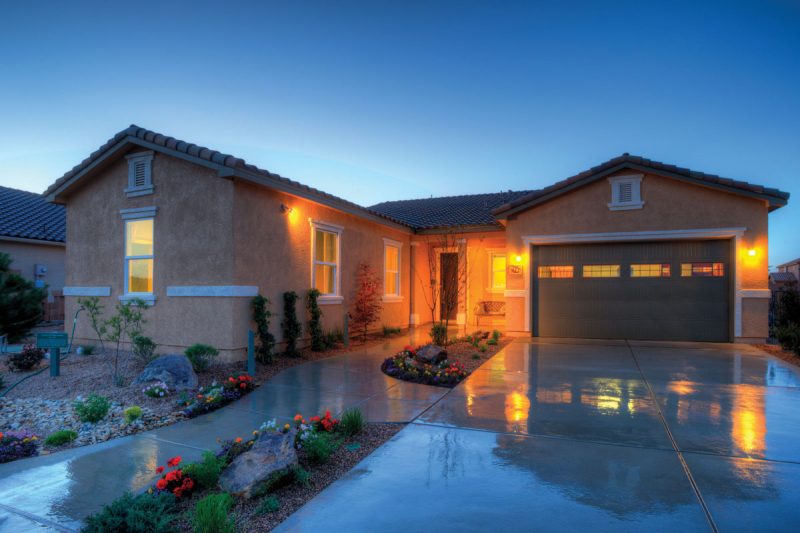Most markets across the country are still seeing home prices inch up, although at a slower pace than in previous quarters. The national median single-family home price in the fourth quarter of 2018 was $257,600, up 4 percent from a year ago, the National Association of REALTORS® reported Tuesday.
Regional Breakdown
Here’s how existing-home sales fared across the country in the fourth quarter of 2018:
- Northeast: Existing-home sales were at an annual rate of 707,000, down 5.4 percent from a year ago. Median single-family home price: $286,000 in the fourth quarter, up 6.5 percent from a year ago.
- Midwest: Existing-home sales fell 0.3 percent in the fourth quarter and are 5.9 percent below a year ago. Median single-family home price: $196,900, a 1.6 percent increase from the fourth quarter of 2017.
- South: Existing-home sales dropped 2 percent in the fourth quarter and are 5.4 percent lower than the fourth quarter of 2017. Median single-family home price: $228,200 in the fourth quarter, 3.3 percent above a year ago.
- West: Existing-home sales fell by 6.5 percent and are 13.9 percent below a year ago. Median single-family home price: $383,100, up 1.8 percent year over year.
Ninety-two percent of the 178 metro markets measured saw an increase in single-family home prices. Fourteen metro areas saw double-digit increases, down from 18 in the third quarter.
“Home prices continued to rise in the vast majority of markets, but with inventory steadily increasing, home prices are, on average, rising at a slower and healthier pace,” says Lawrence Yun, NAR’s chief economist.
Existing-home sales—which include single-family homes and condos—fell to a seasonally adjusted annual rate of 5.18 million in the fourth quarter, down 7.4 percent from a year ago, NAR reports. Nationwide, 1.55 million existing homes were available for sale, 6.2 percent more than a year ago.
Many West Coast markets, however, remain starved for inventory, Yun says. “The West region, where home prices have nearly doubled in six years, is undergoing the biggest shift with the slowest price gain and large buyer pullback,” Yun says.
Housing affordability across the country will be the key to sustained healthy growth in the housing market, Yun notes.
“That requires more homebuilding of moderately priced homes,” Yun says. Housing starts have fallen short of historically normal levels. About 9.6 million new housing units have been added in the past decade—compared to the projected 15 million to 16 million that are needed to meet population growth and 20 million new job additions.
“Local zoning law changes, expanding construction worker training programs at trade schools and promoting the use of tax breaks for developers in the designated opportunity zones will all play an important role in assuring an adequate future supply of housing,” Yun says.
Most Expensive Markets
The most expensive housing markets in the fourth quarter were:
- San Jose-Sunnyvale-Santa Clara, Calif.: $1,250,000 (median existing single-family home price)
- San Francisco-Oakland-Hayward, Calif.: $952,400
- Urban Honolulu: $812,900
- Anaheim-Santa Ana-Irvine, Calif.: $799,000
- San Diego-Carlsbad: $626,000.
Most Affordable Markets
The five lowest-cost metro areas in the fourth quarter were:
- Decatur, Ill.: $89,300 (median existing single-family home price)
- Youngstown-Warren-Boardman, Ohio: $97,200
- Cumberland, Md.: $109,100
- Elmira, N.Y.: $111,400
- Erie, Pa.: $113,300.













